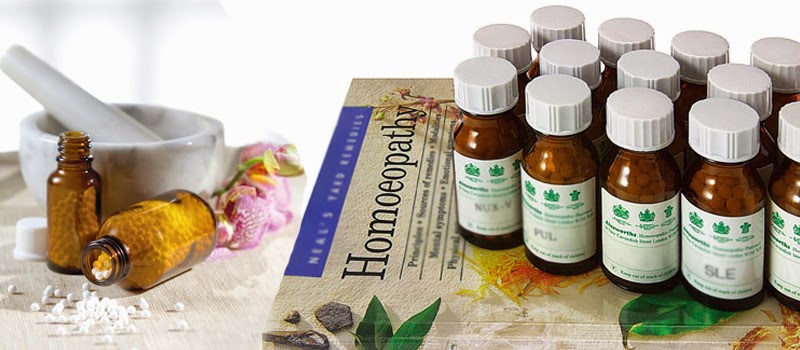Attendees at Homeopathy Delaware’s November 7th meeting listened attentively and asked thoughtful questions as homeopath, Robert Bannan, enlightened us about effective methods for understanding a person’s symptoms in order to find the Similimum, and much more. The following content is from Robert’s presentation with additional information about Boenninghausen’s method.
Robert mentioned several of classical Homeopathy’s masters, with highlights given to Clemens von Boenninghausen regarding his practical approach to focusing in on the important symptoms and his method for repertorizing them.
Boenninghausen is known for the acronym CLEMS which stands for Concomitants, Location, Etiology, Modalities, Sensation. When taking a person’s case, symptoms pertaining to these headings need to be noted and understood. A complete symptom has Sensation, Location, Modality – a 3 legged stool suffices. A complete case has Sensation, Location, Modality, Concomitant and perhaps Etiology. The Concomitant, or side symptom, can have its own Sensation, Location and Modality, thereby becoming a whole symptom. The Concomitant may appear to be unrelated to the main symptom – however, along with the main symptom, it will point to the remedy.
Boenninghausen adhered to Hahnemann’s philosophy outlined in the Organon, developing an effective repertory that allows one to look at a case in this way. His method works only with the rubrics in Boenninghausen’s Therapeutic Pocketbook. Kent’s Repertory of the Homeopathic Materia Medica has a different structure and looks at symptoms differently.
Robert recommended 3 books: Boenninghausen’s Therapeutic Pocketbook, Clarke’s Dictionary (3 volumes), John H Clarke’s The Prescriber (especially read the introduction).
In all cases, be cautious about using mental symptoms as they can easily lead one astray. If there are changes in the mental state from the norm that accompany the complaints then the changes may be used to differentiate between a few possible remedies.
Most importantly, we are looking for the Simillimum, the similar remedy that will cure the person. Just covering mentals and generals does not heal the case. The patient may feel better but the pathological process may not be getting better… because the remedy is not similar enough.
“But similar to what”, Robert asked? The remedy needs to be capable of causing the pathology it can cure. It is homeopathic, similar, only if it can cause the disease. Disease is a process, a continuum in time that ends in tissue changes. The symptoms in the provings only cover the initial decompensations. Rubrics, antecdotal from case reports, are incomplete. When we have access to toxicological case reports we see symptoms relating to destructive tissue changes.
Clinical prescribing (vs Kentian prescribing) therefore requires a flexible approach – learn different orientations in Homeopathy; looking at a case using a miasmatic approach is a way of qualifying the pace and the style of the development of symptoms. The location of the disease – i.e., the affinity the disease has for what organ, is necessary.
Rubric selection is important. Understand which symptoms have a profound effect on the feelings, behavior and actions of the person and on the quality of the experience of the person. Knowing which symptoms are most characteristic and using CLEMS will guide one to working rubrics.
In case taking, developing skills so that one is ‘receiving’ the case – i.e. – opening a space for the person to put something into is important. Open the space with silent attention, with the intention of being receptive to the person.
All tendencies are important – physicalities, as in the tendency to be chilly or hot, directions symptoms move in and the pace of movement, to name a few. Robert gave an example of a person who had ascending cellular inflammation – cellulitis – going up the leg which felt cold. Cold ascending cellulitis – up the lower extremity – Ledum was curative.
Look at the way people deal with stress. Find out what is the best way for them to relieve stress and then ask about the opposite of this, looking at it in different stressful situations. Sometimes dreams will help you see a pattern. Pay attention when something doesn’t fit, is imbalanced, is too much. Good, usable mental symptoms come from observing the person.
Really spontaneous symptoms are important. Leave alone things that are normal – get beyond common and normal. Common symptoms may be important but only if they are extreme or peculiar. For example – asthma which is better after passing a stool is a peculiar symptom. Feeling better after stool is normal but asthma, the respiratory imbalance, specifically being better after stool is peculiar!
In serious cases focus on what has to be changed immediately. Don’t rule out a rubric because the remedy is not there – some remedies belong to a process and may not appear in the rubrics one looks at.
Even in acute disease there are different stages needing different remedies. The cure of cholera with Homeopathy is a good example of this. Select symptoms that characterize the pathological process which is also part of the individuality of the patient. In case management think about if the remedy belongs to a phase of the disease or the whole disease process?
Finally, the remedy that is similar enough will cure – the Simillimum is what we want to find to heal the patient.
Robert wrapped up his presentation with interesting cases illustrating some of the principles he conveyed.


Leave a comment